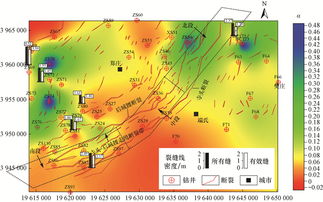Sand Spit Formation: A Detailed Exploration
Have you ever wondered how those long, narrow strips of sand, known as sand spits, come into existence? These fascinating landforms are not only visually striking but also play a crucial role in coastal ecosystems. In this article, we will delve into the formation, characteristics, and significance of sand spits.
Formation of Sand Spits

Sand spits are formed through the natural process of sediment deposition and erosion. They typically occur at the mouth of a river or along the coast where strong currents meet the shore. Here’s a step-by-step explanation of how sand spits form:
-
Currents and Waves: The movement of currents and waves carries sediment particles, such as sand and gravel, along the coastline.
-
Sediment Deposition: When the energy of the waves and currents decreases, the sediment particles settle and accumulate at the mouth of a river or along the coast.
-
Accretion: Over time, the sediment continues to accumulate, forming a narrow, elongated landform known as a sand spit.
-
Stabilization: The sand spit may become stabilized through the growth of vegetation, which helps to bind the sediment particles together.
Characteristics of Sand Spits

Sand spits have several distinct characteristics that set them apart from other coastal landforms:
-
Length and Width: Sand spits are typically long and narrow, with widths ranging from a few meters to several kilometers.
-
Direction: They are usually oriented parallel to the coastline, with the longest axis aligned in the direction of the prevailing currents and waves.
-
Shape: Sand spits can have a variety of shapes, including crescent, cuspate, and bar-built.
-
Vegetation: Vegetation, such as grasses and shrubs, often grows on sand spits, providing stability and habitat for various species.
Significance of Sand Spits

Sand spits are not only visually appealing but also serve several important ecological and environmental functions:
-
Coastal Protection: Sand spits act as natural barriers, protecting the coastline from erosion caused by waves and currents.
-
Habitat: They provide a unique habitat for a variety of marine and terrestrial species, including birds, mammals, and plants.
-
Navigation: Sand spits can be used as navigational aids for ships, helping them to avoid dangerous coastal areas.
-
Recreation: Many sand spits are popular destinations for recreational activities, such as swimming, sunbathing, and birdwatching.
Examples of Sand Spits
Here are some notable examples of sand spits around the world:
| Location | Name | Notable Features |
|---|---|---|
| United States | Long Beach Peninsula | Oldest continuously inhabited human settlement in North America |
| United Kingdom | Dungeness | Home to the world’s largest chalk cliffs |
| Japan | Shimoda Peninsula | Rich in natural beauty and historical significance |
| South Africa | St. Lucia Estuary | Important wetland ecosystem and bird sanctuary |
Conclusion
Sand spits are fascinating landforms that play a vital role in coastal ecosystems. Their formation, characteristics, and significance make them worth exploring. Whether you’re a coastal enthusiast or simply curious about the natural world, understanding the mysteries of sand spits can deepen your appreciation for the beauty and complexity of our planet.
